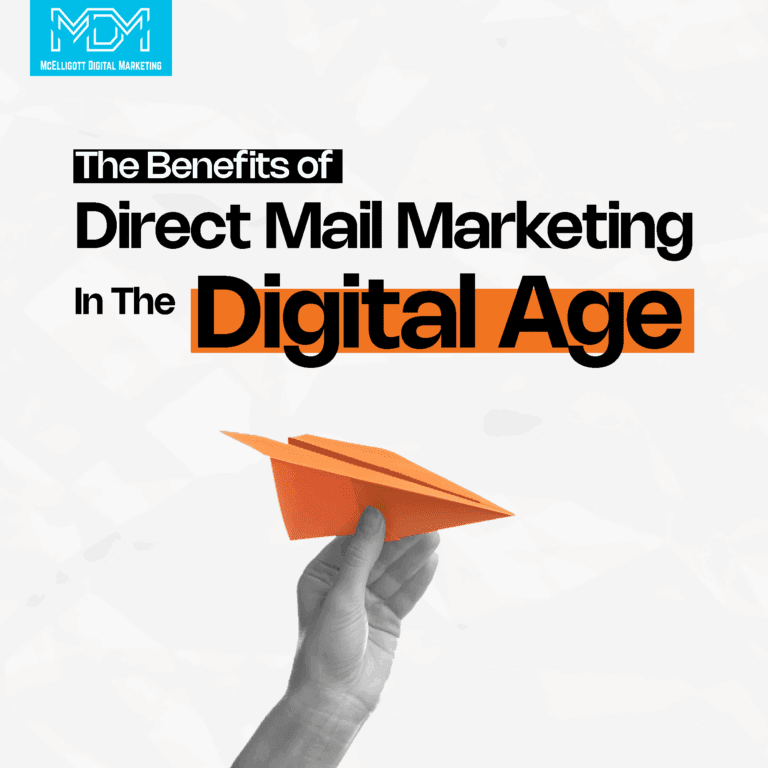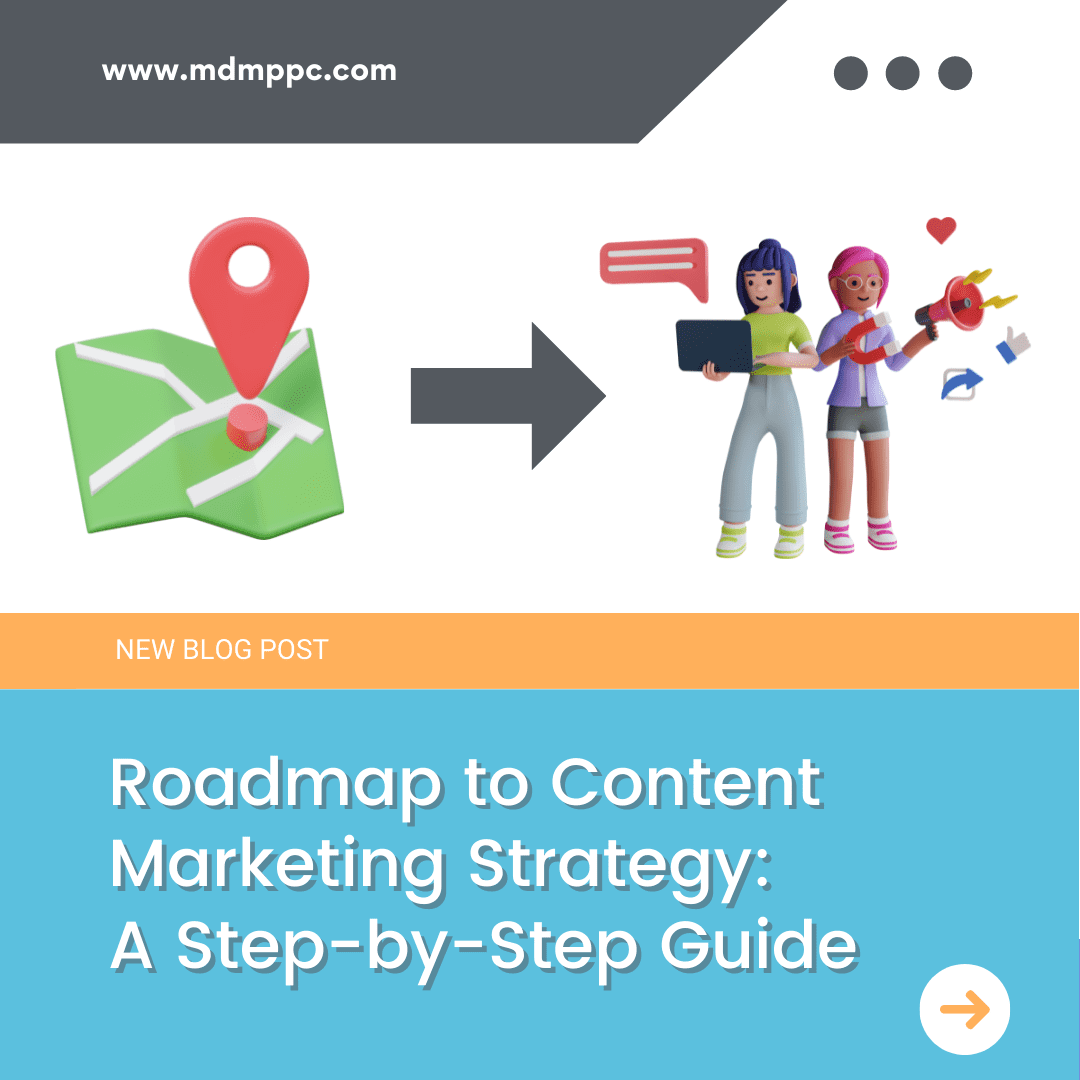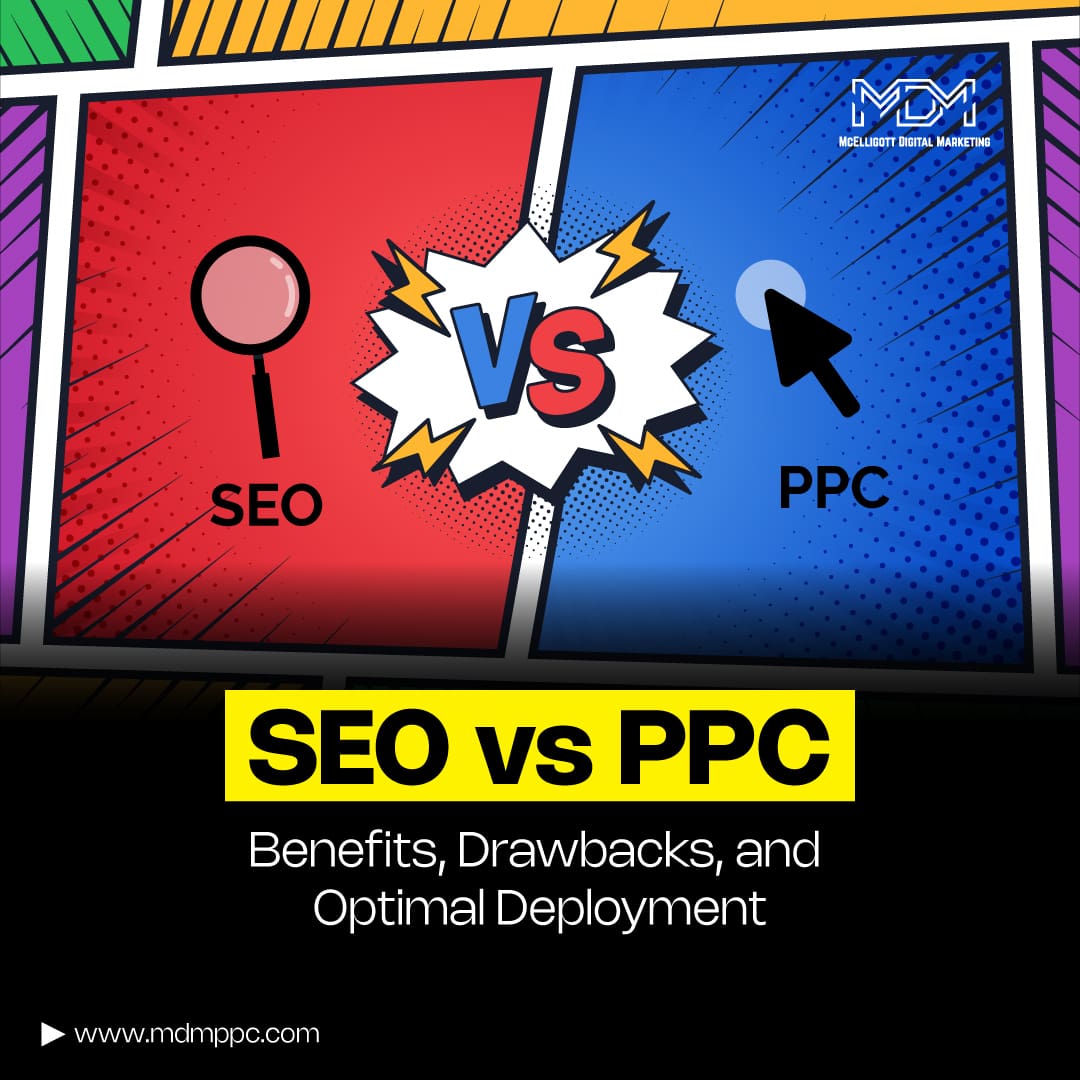In an era dominated by digital ads and endless scrolling, direct mail might seem outdated. But the numbers—and the results—say otherwise.
Direct mail marketing is making a strong comeback, and for good reason. It’s personal. It’s tangible. And it drives action. In fact, response rates for direct mail often outperform those of email or digital ads—especially when targeted strategically.
In this blog, we’ll break down the real advantages of direct mail marketing in the digital age, how it stacks up against online channels, and why businesses looking for high-impact results shouldn’t ignore this tried-and-true strategy.
What is Direct Mail Marketing?
Direct mail marketing is the practice of sending physical promotional materials—like postcards, brochures, catalogs, or letters—directly to the mailboxes of your target audience. Unlike digital ads that compete in crowded inboxes or social feeds, direct mail creates a tangible experience that gets noticed.
What makes it unique? It’s personal, targeted, and delivers something your audience can hold in their hands—literally. Whether you’re a local service provider or a national brand, direct mail lets you put your message directly in front of potential customers, with no digital distractions.
Today’s direct mail isn’t old-school. With tools like variable data printing, QR codes, and automation platforms, you can track performance, personalize campaigns, and integrate it seamlessly with digital marketing for higher impact and better ROI.
It’s marketing that cuts through the noise—both physically and mentally.
Why Direct Mail Still Works in a Digital World
Digital fatigue is real. With consumers bombarded by emails, pop-ups, and push notifications daily, it’s easy for your message to get lost in the noise. That’s where direct mail offers a unique advantage—it cuts through the clutter.
Unlike emails that go unopened or digital ads that get skipped, direct mail gets noticed. According to the Data & Marketing Association, 90% of direct mail is opened, and 42% of recipients read or scan the content. That’s engagement you can’t ignore.
But it’s not just about visibility—it’s about trust. Physical mail feels more personal, more credible. It doesn’t require a click or login. It arrives directly in your customer’s hands and often stays there—on desks, refrigerators, or coffee tables—much longer than any email.
And the ROI? Direct mail delivers. Studies show it generates a 29% return on investment on average, outperforming paid search and nearly matching social media.
In short, direct mail works because it’s tangible, targeted, and trusted. When done right, it builds stronger brand recall, drives higher response rates, and complements your digital campaigns to increase total marketing performance.
Old-school? Maybe. But in today’s hyper-digital world, that’s exactly what makes it stand out.
Key Benefits of Direct Mail Marketing
While everyone’s chasing digital impressions, direct mail is delivering real ones. In a world of endless emails and fleeting ads, direct mail stands out—literally. It puts your message in your audience’s hands, not just their inbox.
Here’s why it’s still one of the most effective marketing tools out there.
1. It Cuts Through the Digital Clutter
Your audience is bombarded with 100+ emails and thousands of online ads daily. Direct mail, on the other hand, arrives with almost zero competition in the physical mailbox. It grabs attention simply because it’s unexpected—and that gives your message a much better chance of being seen.
2. It’s Tangible, Personal, and Memorable
Direct mail lives on desks, kitchen tables, and office counters. It’s held, felt, and interacted with. And when it’s personalized—like using variable data printing or a custom QR code—it becomes more than just mail. It becomes an experience. Studies show tangible marketing is more likely to be remembered and emotionally resonant.
3. High Open and Response Rates
The numbers speak volumes. According to the Data & Marketing Association (DMA), the average direct mail open rate ranges from 70–90%, while email lags behind at around 20–25%. Even better? The average response rate for direct mail is 4.4%, compared to email’s 0.12%. That’s a 36x difference in engagement.
4. Trust and Credibility Are Higher
People trust print. Direct mail feels more credible because it’s tangible and harder to fake. In fact, a USPS study revealed that 60% of people find printed mail more trustworthy than digital ads, making it a powerful brand-building tool, especially for sensitive or high-ticket offers.
5. Direct Mail is Highly Targeted Now
Gone are the days of “spray and pray.” Modern direct mail campaigns use data-driven targeting—based on demographics, purchase behavior, and even digital engagement. You can send different messages to different audiences, just like you would with email segmentation.
Pro tip: Pair your CRM with direct mail automation tools to deliver personalized experiences at scale.
6. Easy to Integrate with Digital Campaigns
Direct mail doesn’t have to work in isolation. Smart brands integrate it seamlessly into omnichannel journeys. Add QR codes, personalized URLs (PURLs), or promo codes to drive recipients to landing pages or apps. You can also retarget online visitors with a physical mailer to boost conversions.
This bridge between print and digital is where direct mail shines brightest.
7. Better ROI Than You Think
While direct mail has upfront costs, the returns are impressive. The DMA reports that direct mail yields a 29% ROI on average, nearly matching paid search—and outperforming online display ads. When combined with digital channels, ROI can increase even further.
And because fewer businesses use it, your brand stands out more—without competing for limited digital ad space.
8. Great for Local and Niche Marketing
Direct mail gives you geographic precision. Want to target specific zip codes, neighbourhoods, or cities? No problem. This makes it perfect for local businesses, franchise locations, or niche service providers. Whether you’re promoting an event, driving foot traffic, or boosting awareness—it works.
Bonus: You can test small batches first before scaling up, making it efficient for almost any budget.
Real-World Use Cases of Direct Mail in 2025
In 2025, direct mail isn’t just surviving—it’s thriving as a strategic complement to digital campaigns. Smart brands are using it to break through the noise and deliver meaningful, measurable results. Here’s how:
E-commerce Re-engagement
Online stores are mailing personalized postcards to cart abandoners with time-limited discount codes or QR-based reactivation offers. The physical reminder cuts through email fatigue—and drives conversions back on-site.
B2B Account-Based Marketing (ABM)
Sales teams are using dimensional mailers to grab the attention of key decision-makers. From personalized welcome kits to branded gifts, it’s helping break through digital cold outreach and spark real conversations.
Local Service Promotions
Plumbers, dentists, gyms, and home cleaning services are sending geo-targeted flyers and postcards to nearby neighbourhoods. With QR codes and dynamic URLs, ROI is trackable—and response rates are climbing.
Event Campaigns with a Personal Touch
Whether it’s a webinar, product launch, or VIP dinner, companies are mailing printed invites, pre-event gifts, or thank-you cards post-event. It adds emotional impact in a world overwhelmed by screens.
Subscription and Loyalty Programs
DTC brands are rewarding loyalty with surprise-and-delight mail—handwritten notes, referral coupons, and anniversary gifts that boost retention and customer lifetime value.
Common Myths About Direct Mail (And the Truth Behind Them)
Despite its comeback, direct mail still battles outdated assumptions. Let’s clear the air by breaking down the most common myths—and the facts smart marketers need to know in 2025:
Myth 1: “Direct mail is dead.”
Truth: Far from it. According to the Data & Marketing Association, direct mail response rates are 5–9x higher than email, especially when paired with digital. It’s not dead—it’s evolving.
Myth 2: “It’s too expensive.”
Truth: While upfront costs can be higher than digital, direct mail often delivers better ROI due to higher engagement. Plus, modern targeting tools reduce waste and increase campaign efficiency.
Myth 3: “Young people don’t care about mail.”
Truth: Gen Z and Millennials actually appreciate tangible experiences. Studies show that physical mail grabs their attention more than emails or ads—especially when personalized.
Myth 4: “You can’t track results.”
Truth: Direct mail in 2025 is fully trackable. With personalized URLs, QR codes, and integrated CRM tools, you can monitor performance just like a digital campaign.
Myth 5: “It doesn’t fit in a digital strategy.”
Truth: That’s exactly where it shines. Direct mail amplifies digital efforts—boosting email open rates, re-engaging cold leads, and driving multi-channel conversions.
How to Make Direct Mail Work for You
Want to get results from direct mail in 2025? It’s all about strategy, targeting, and integration. Here’s how to make it count:
1. Know Your Audience
Use data to segment your audience by location, behavior, or buying stage. Personalization increases response rates and makes your message more relevant.
2. Focus on Design & Messaging
Your piece needs to stand out—visually and emotionally. Clear copy, a bold CTA, and compelling visuals can turn a quick glance into action.
3. Combine with Digital
Don’t run direct mail in isolation. Pair it with email, SMS, or retargeting ads to build a multi-touch experience. Add QR codes or personalized URLs (PURLs) to bridge offline and online.
4. Track Everything
Use unique promo codes, custom landing pages, and response mechanisms to measure success. The more you track, the better you can optimize.
5. Test & Optimize
Start small, test variations, and scale what works. Like any channel, performance improves with iteration.
Conclusion
To see success with direct mail, you need more than just paper—you need purpose.
It’s not about sending more, but sending smarter. From re-engaging online shoppers to boosting event turnout, direct mail delivers results that digital alone often can’t. And with tracking tools like QR codes and custom URLs, it’s now as measurable as email.
Direct mail builds trust, grabs attention, and leaves a lasting impression—all in one envelope.
Whether you’re launching a campaign or scaling your brand, direct mail marketing works in 2025 and beyond.
Need help designing a high-impact direct mail strategy?
Talk to us and discover how modern mail can power your next campaign.





